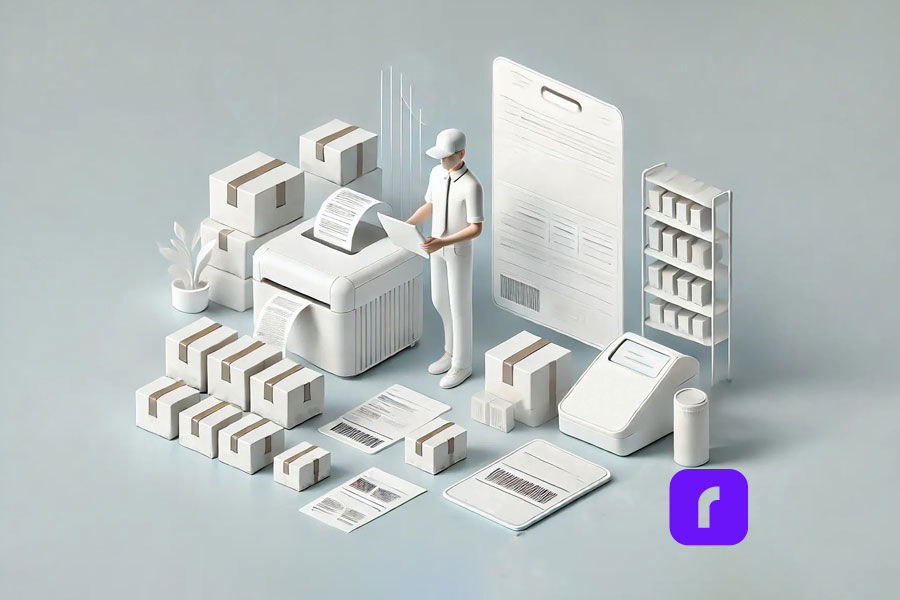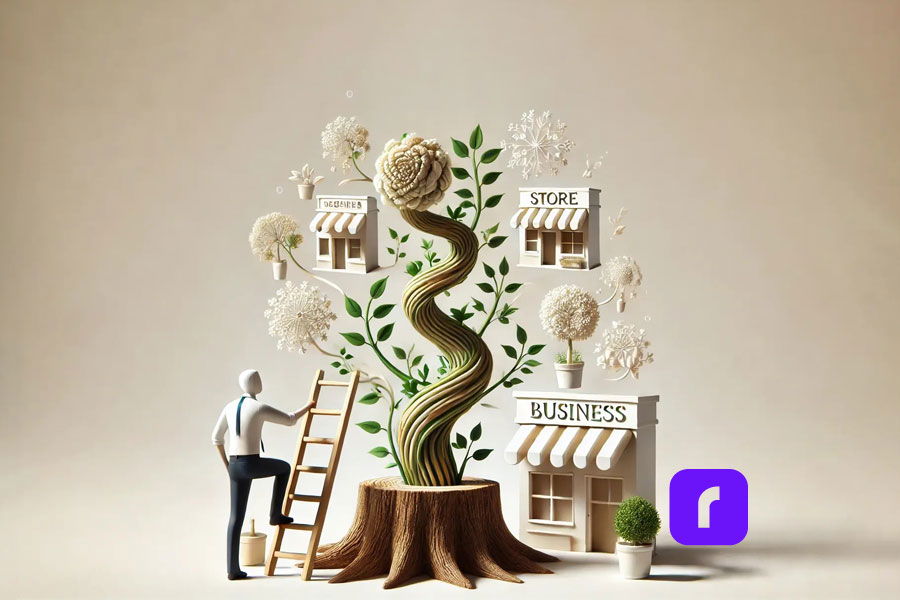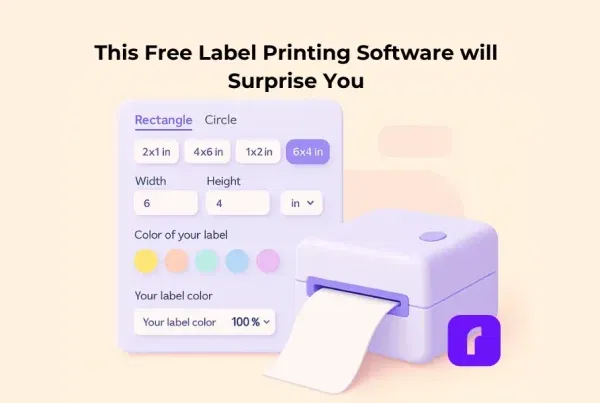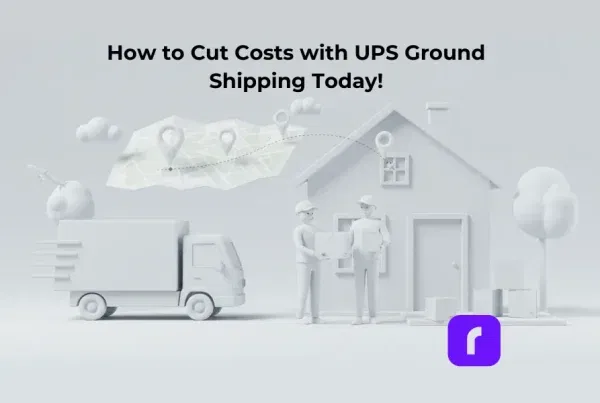Growing a small business comes with unique challenges, from budget constraints to time limitations and finding the right tools to streamline operations. Wondering how to grow your small business effectively and sustainably? This guide will walk you through five straightforward steps that address your business’s core needs, focusing on clear goals, understanding your customers, enhancing your efficiency, retaining loyal customers, and tracking progress. Whether you’re just starting out or looking to expand, these steps will provide a roadmap to help your business reach new heights without unnecessary stress.
Step 1: Set Clear Goals for Growth

The first step in how to grow your small business is establishing goals. Clear, actionable goals help guide decision-making and keep the business focused.
Define SMART Goals for Success
Setting SMART goals—those that are Specific, Measurable, Achievable, Relevant, and Time-bound—helps ensure your business objectives are realistic and trackable. For example, rather than aiming to simply “increase revenue,” you might set a goal like, “Boost monthly revenue by 10% within the next six months.” This approach creates a clear target and timeframe, making it easier to monitor progress and stay focused.
Align Goals with Business Vision
Setting goals that align with your business vision helps keep your growth on track. If your vision is to become a leader in sustainable products, a goal like “reduce packaging waste by 20%” aligns with that mission. Keeping goals consistent with your brand values and vision builds a stronger, cohesive brand.
Step 2: Understand Your Customer

The second step in how to grow your small business is having a deep understanding of your target customer. This is essential for sustainable growth. Knowing what your customers need and expect allows you to tailor your offerings and communication.
Create Detailed Customer Profiles
Customer profiles, or buyer personas, help you understand your audience. Consider factors like demographics, buying behaviors, pain points, and motivations. Ask questions like, “What are the most common challenges my customers face?” and “What solutions are they seeking?” to clarify these profiles.
Use Customer Feedback to Improve Offerings
Customer feedback is invaluable for refining products and services. Send surveys, encourage reviews, and engage on social media to gather insights. Analyze this feedback to spot trends and make adjustments. For instance, if customers repeatedly mention fast shipping as a priority, optimizing your processes can make a big impact. Consider strategies to speed up and improve your shipping to better meet customer expectations.
Step 3: Leverage Efficient Shipping Options

Shipping is a key aspect for many small businesses, especially those selling physical products. Implementing efficient shipping solutions can save time, reduce costs, and improve customer satisfaction.
How to Grow Your Small Business using Rollo’s Tools
Rollo’s wireless label printer and Rollo Ship app provide cost-effective and user-friendly shipping options. With the app, you can connect your existing UPS account, simplifying the process of shipping products from a single dashboard. This setup reduces the time spent on shipping tasks, allowing you to focus on growing your business. To see how these tools can streamline operations, check out this guide to easy, effective shipping for more details.
Implement Automation for Time Savings
Automating repetitive shipping tasks saves valuable time and reduces the likelihood of errors. Batch printing labels and scheduling pickups through the Rollo Ship app, for example, lets you handle high volumes of orders quickly, so you can focus on other growth activities. And when choosing affordable solutions is key, exploring cost-effective shipping options can help you balance quality and value without straining your budget.
Step 4: Focus on Customer Retention

While attracting new customers is important, retaining existing customers is often more cost-effective and builds a loyal customer base that can drive long-term growth.
Build a Customer Loyalty Program
Loyalty programs encourage repeat purchases and reward customers for choosing your business. Consider offering discounts, early access to new products, or points-based rewards that customers can redeem for future purchases. A well-structured loyalty program keeps customers engaged and increases the lifetime value of each customer.
Provide Exceptional Customer Service
Customer service is key to retention. Respond promptly to inquiries, handle complaints professionally, and go above and beyond to ensure a positive experience. Personalized service shows customers that you value them, fostering loyalty and making them more likely to recommend your business to others.
Step 5: Track and Adapt Your Strategies

The final step in how to grow your small business is monitoring the progress of your business. Tracking performance helps you understand what works and what doesn’t, allowing you to refine strategies for continued growth. Reliable tools, such as Rollo’s shipping label maker, can streamline shipping processes, freeing up more time to focus on analyzing and adapting your business plan effectively.
Use Key Performance Indicators (KPIs) to Measure Success
KPIs provide measurable insights into your business’s health. Track KPIs like revenue growth, customer acquisition costs, and customer retention rates to gauge the effectiveness of your strategies. These metrics help identify areas for improvement, ensuring your business remains on a path to growth.
Regularly Review and Adapt Your Business Plan
Business needs evolve, and so should your growth plan. Regularly reviewing your business plan and adjusting goals ensures that you stay aligned with current market trends and customer expectations. For example, if new technology becomes available that could benefit your operations, integrating it might provide a competitive advantage.
How Floof Cotton Candy Grew with Rollo

Hannah, the founder of Floof Cotton Candy, turned her passion for cotton candy into a thriving business during the pandemic. Facing personal challenges, including a career change and providing for her two children, she decided to pursue her dream. Starting with a simple cotton candy cart, Hannah’s creativity led her to develop a unique product: a cotton candy cake that slices just like traditional cake—a distinctive idea that became her signature offering.
As demand for her creations grew, Hannah needed efficient solutions to streamline her operations and meet customer expectations. Rollo’s tools, like the wireless label printer and Rollo Ship app, enabled her to simplify shipping and save valuable time, allowing her to focus on expanding her product line and growing her team.
Two years later, Floof Cotton Candy is thriving with multiple employees and plans for further expansion. Despite having no formal business background, Hannah’s determination and Rollo’s support helped her bring a unique concept to life, illustrating how streamlined shipping can empower small businesses to achieve their goals.
Final Words
Figuring out how to grow your small business requires a balance of strategic planning, efficient operations, and strong customer relationships. By setting clear goals, understanding your customers, streamlining shipping, retaining loyal customers, and tracking performance, you can build a solid foundation for sustainable growth. Use these five steps as a roadmap to guide your business forward, and don’t hesitate to explore tools like Rollo’s shipping solutions to make growth more manageable.
Start with one step at a time, and watch your business flourish. Now’s the time to take action—begin implementing these strategies and see where they take your business.
*Discounts off UPS daily rates. Rates are limited to shipping from the U.S. only. Rates and any applicable discounts are subject to change at any time without notice.**UPS®, the UPS® brandmark, and the color brown are trademarks of United Parcel Service of America, Inc. Used with permission. © 2020-2024 United Parcel Service of America, Inc. All rights reserved.
Follow Rollo on:
Frequently Asked Questions About How To Grow Your Small Business
📌 Q: How can I attract more customers to my small business?
📌 Q: What are the biggest challenges in growing a small business?
📌 Q: How can small businesses increase revenue streams?
📌 Q: What are effective low-cost marketing strategies for small businesses?
📌 Q: How important is branding for small business growth?
📌 Q: How can small businesses leverage data to drive growth?
📌 Q: How can small businesses leverage data to drive growth?
📌 Q: How does a business’s location or industry affect growth strategies?
📌 Q: Should small businesses consider expanding online sales channels?


